
Kafka Monthly Digest: May 2022
This issue in a monthly column covers improvements in Apache Kafka, including the last two releases, 3.2.0 and 3.1.1, and recent Kafka Improvement Proposals.

This issue in a monthly column covers improvements in Apache Kafka, including the last two releases, 3.2.0 and 3.1.1, and recent Kafka Improvement Proposals.
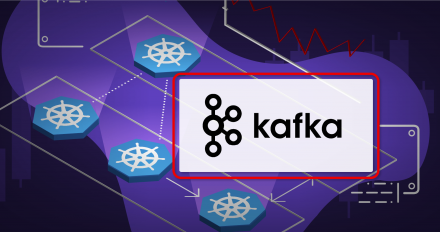
Learn how to develop Kafka producers and consumers in Java using a sample Maven project in this demonstration.

This issue in a monthly column covers improvements in Apache Kafka, including progress of releases and recent Kafka Improvement Proposals.

Red Hat Summit 2022 is approaching and here's what we will bring to the developer track.

Get an overview of Kafka's distributed event architecture, including message streams, topics, and producing and consuming messages in a Kafka cluster.

Is a monolithic Kafka cluster architecture the best design for your use case? Explore the benefits and challenges of a multiple Kafka cluster, then decide.

Learn how to monitor MySQL database changes with Debezium. This tutorial shows you how to view the event streams in Red Hat OpenShift Streams for Apache Kafka.

Catch up on the latest news from the Apache Kafka community for January 2022, including new features in Kafka 3.1, Kafka Connect, and Kafka Streams.
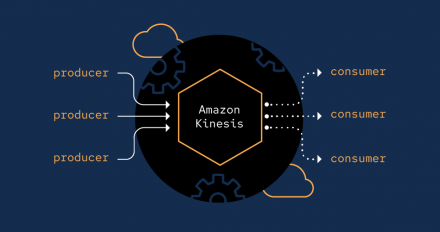
Streaming data is key to many modern applications. This tutorial walks you through setting up a data stream using Amazon Kinesis and Node.js.
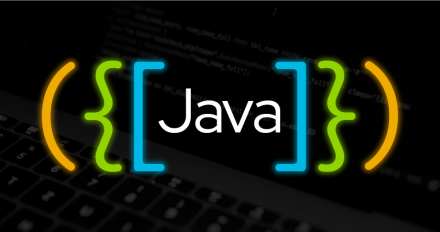
Learn how to use the QuickFIX/J engine to build an application for electronic trading over the FIX protocol. We also show why running it in Quarkus adds value.
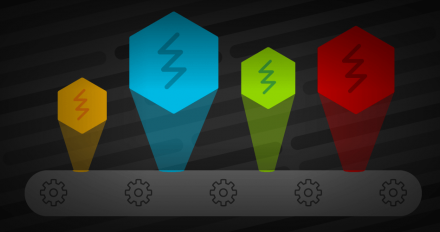
Transition from ActiveMQ Classic to ActiveMQ Artemis using Camel K. We show how to integrate the two versions of the message broker using AMQ on OpenShift.

This Apache Kafka community report includes progress on Kafka 3.1.0, Kafka project milestones in 2021, and a look ahead to new features coming in 2022.
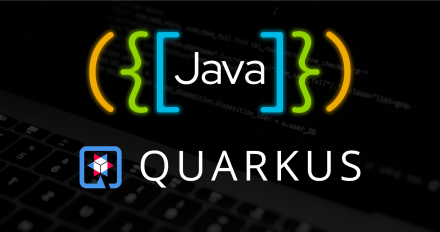
Turn to Quarkus when you're using JPA to manage persistent objects in applications. The Hibernate ORM extension simplifies the persistent layer implementation.
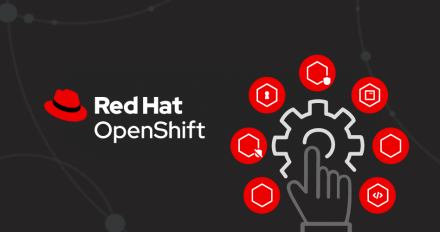
Discover how on-premises software is run as a service using Red Hat OpenShift's cloud-based Assisted Installer. Learn about its high installation success rate.
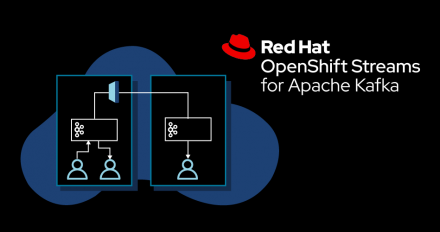
Set up MirrorMaker 2 to replicate data between two OpenShift Streams for Apache Kafka instances. Use Strimzi to run MirrorMaker 2 on OpenShift Dedicated.

This Apache Kafka community report includes milestones for Kafka 3.1.0, bugfix releases for Kafka 2.6.3 and 2.7.2, Jikkou 0.7, AKHQ 0.19.0, and more.
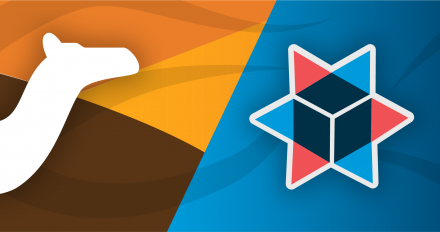
Learn how to use the Dev UI in Quarkus to visualize Apache Kafka Streams. Quarkus hooks into Kafka's API and lets you implement stream processing applications.

Learn how to configure Kafka Connect to improve your container build process, and discover the new Debezium features in the Red Hat Integration 2021.Q4 release.
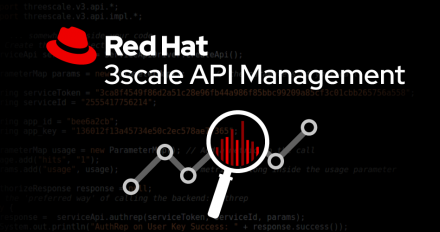
Learn how to extend OpenShift Service Mesh and 3scale functionality. This article shows how to use WebAssembly to move features out of your app to Envoy proxy.
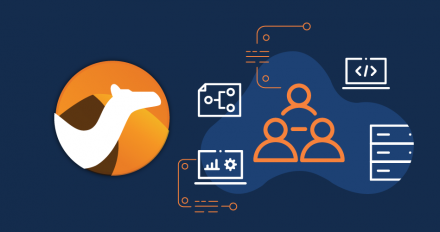
Connect web services with Camel K and AtlasMap. Learn how to inspect the service interface, design an OpenAPI definition, map data, and define a Camel route.

Learn about the Apache Camel K platform and how to use it to normalize APIs and connect services. Explore how to use AtlasMap to simplify data mapping.

This scenario will show how to deploy and connect to Apache Kafka on Kubernetes.

Learn how the open source serverless platform Knative 1.0 can simplify Kubernetes and save time for developers. Includes concurrency controls and rollbacks.

Catch up on the latest news from the Apache Kafka community for September 2021, including new features in Kafka 3.0, Kafka Connect, and Kafka Streams.

How to approach the dual write problem: A comparison of 5 patterns for coordinating dual writes in a microservices architecture.